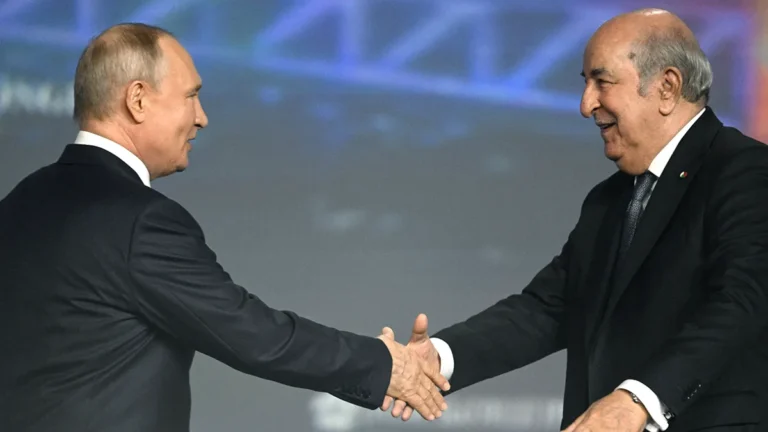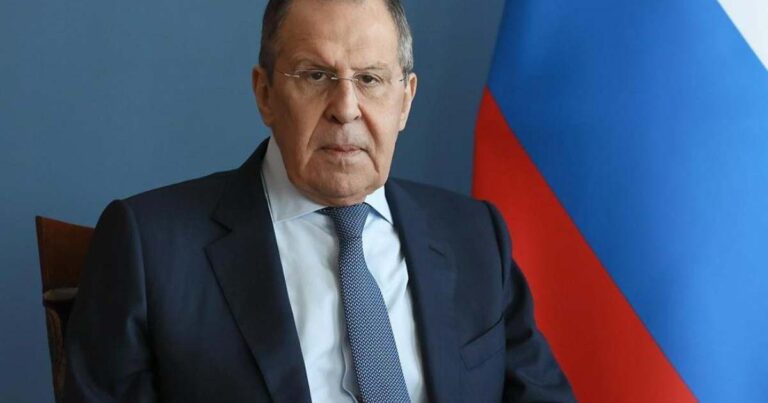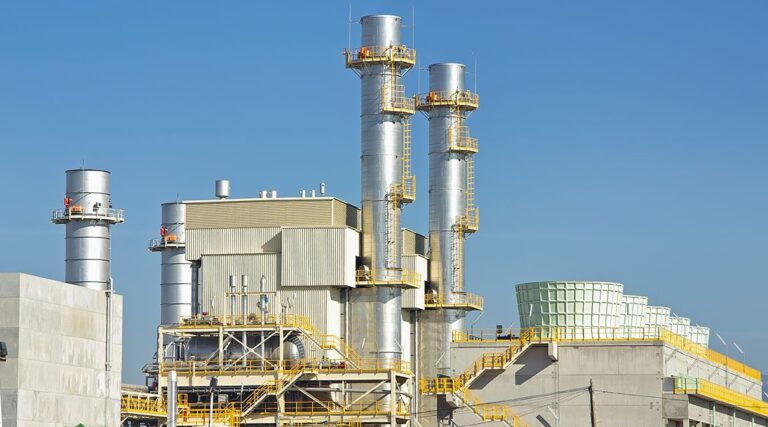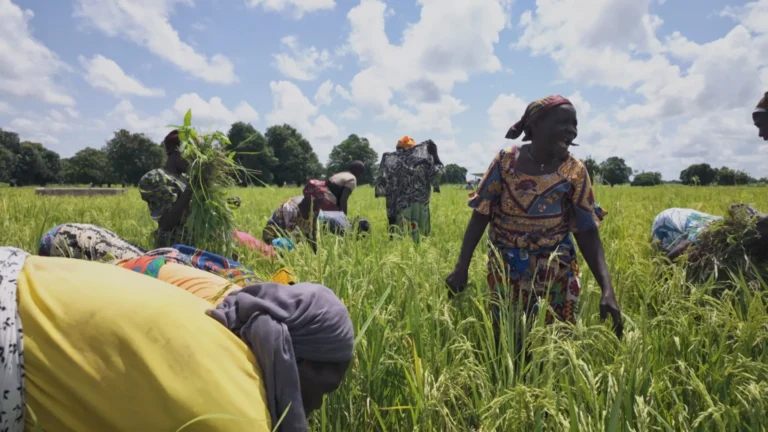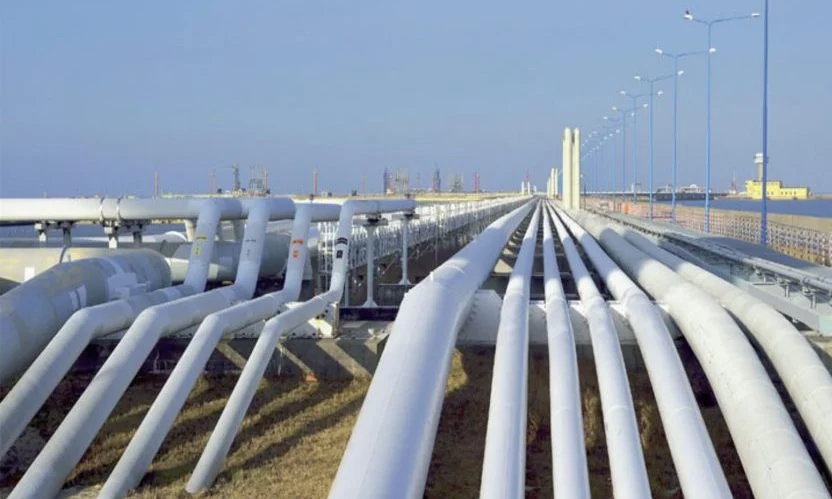
The Morocco-Nigeria gas pipeline project is edging closer to reality following key technical and diplomatic meetings in Rabat that have drawn broad support from the Economic Community of West African States (ECOWAS) and national energy firms across the region.
Set to span 13 countries and transport 30 billion cubic meters of natural gas annually, the pipeline has been described as a transformative infrastructure initiative for West Africa.
High-level discussions held on July 10 and 11 brought together representatives from national oil companies, Morocco’s National Office of Hydrocarbons and Mines (ONHYM), and ECOWAS officials to assess technical progress and finalize strategic agreements.
The massive project, which traces its origin to a 2016 agreement between Nigeria and Morocco, will run from Nigeria along the Atlantic coast through Benin, Togo, Ghana, Côte d’Ivoire, Liberia, Sierra Leone, Guinea, Guinea-Bissau, Gambia, Senegal, and Mauritania, before terminating in Morocco.
From there, it will connect to the existing Maghreb-Europe Gas Pipeline, linking African reserves directly to European markets.
A new memorandum of understanding signed during the Rabat meetings formalized Togo’s participation via its national gas company SOTOGAZ, alongside Nigeria’s NNPC and ONHYM. This latest agreement completes the coalition of stakeholders along the pipeline’s route.
According to project officials, detailed engineering studies were finalized in 2024 for the northern corridor, with environmental and social impact assessments completed. Similar assessments for the southern segment are currently underway, ensuring compliance with international standards.
In December 2024, at the 66th ECOWAS Summit, member states adopted the Intergovernmental Agreement outlining legal and regulatory frameworks for the pipeline.
That document defined the rights and responsibilities of all participating nations and paved the way for final ratification, expected this fall.
Once operational, the pipeline is expected to boost energy security, industrial development, and job creation throughout the region.
It will also provide supply access to landlocked countries such as Niger, Burkina Faso, and Mali, positioning the project as a landmark of pan-African energy cooperation.
